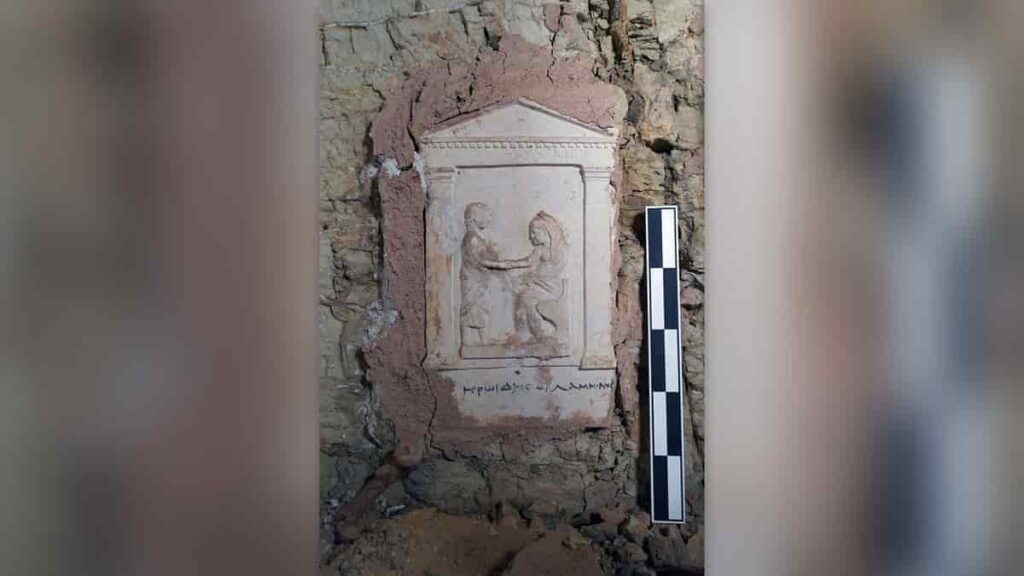News Source: Live Science
Archaeologists in Egypt recently unearthed tombs containing mummy masks and a ‘god of silence’ statue at Saqqara.

Ancient Saqqara Pyramid
- Located on the western bank of the Nile, 40 kilometers south of Cairo, the capital of Egypt, Saqqara was the vast necropolis (burial place) of the Ancient Egyptian capital, Memphis, and is home to the nation’s oldest pyramid: the Step Pyramid of Djoser.
- Saqqara’s name derives from the name of the burial god Sokar.
- It was an active burial ground for more than 3500 years and is Egypt’s largest archaeological site.
- It is where the transition from the use of the mastaba (ancient Egyptian tombs, in the form of a massive brick or stone mound with battered walls on a rectangular base) as a burial site to the pyramid design that is more popularly known today took place.
Step Pyramid of Djoser
- Saqqara is best known for the Step Pyramid, the oldest of Egypt’s 97 pyramids.
- Built by Imhotep – It was built in 2700 BC for King Djoser (Zoser) of the 3rd Dynasty by the architect and genius Imhotep, who was the first to build stone tombs in honor of the king’s majesty. The Step Pyramid was the central feature of the Third Dynasty ruler’s funerary complex, which also includes an impressive hypostyle entry hall.
- Over 200 feet (60 m) tall, with a base of 358 feet by 397 feet (109 m by 121 m), the step pyramid was the Egyptian’s first successful attempt to build a pyramid and is one of the world’s oldest monumental cut stone structures.
- Djoser’s Pyramid is entirely built of limestone, small bricks of limestone, and not of the best quality, and yet it has remained for more than 4700 years.
- Djoser’s Pyramid is essential both as a feat of engineering in itself and for having paved the way for the construction of the “true pyramids” of Giza and the rest of Egypt.
Image



